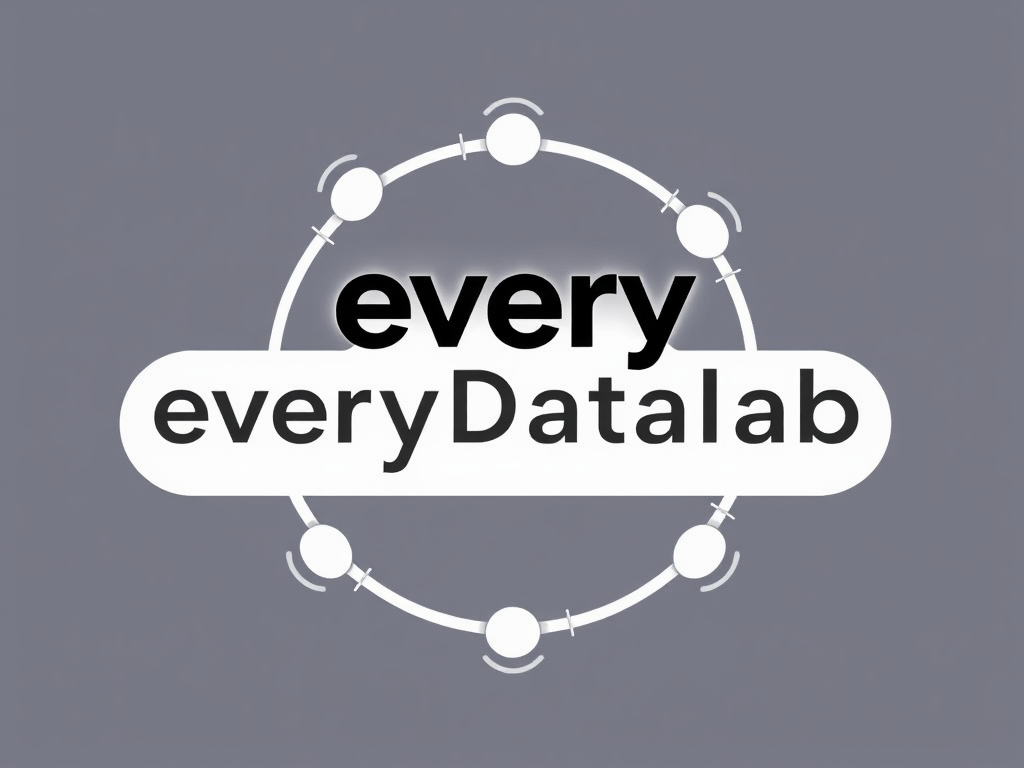Integrating Product Lifecycle Management (PLM) strengthens cybersecurity by embedding protections throughout each phase—from design to disposal. This approach ensures a consistent, collaborative framework that reduces vulnerabilities tied to fragmented processes, enabling companies to safeguard sensitive data and maintain product integrity while accelerating time-to-market and improving overall efficiency.
Essential concepts and benefits of product lifecycle management for modern organizations
Product lifecycle management (PLM) is the structured process that guides a product from initial concept through design, manufacturing, sales, service, and finally retirement. You can view more details on this page: Click to learn more. At its core, PLM acts as a bridge—integrating people, data, and business systems across each lifecycle stage, ensuring communication and collaboration remain central whether you’re ideating, prototyping, or rethinking end-of-life strategies.
Also read : Navigating tech advances: strategies for uk consumers to stay ahead
The typical product lifecycle covers six key phases: concept, design, production, sales, support, and retirement. Each phase is linked by a chain of activities like market research, design reviews, sourcing, quality testing, customer service, and sustainable disposal or recycling. The benefits of a robust PLM system go beyond simple workflow automation. Organizations experience tangible gains such as faster time-to-market, improved quality and safety, reduced errors, cost savings through data reuse, and a much-needed decrease in waste.
Modern PLM initiatives emphasize digital transformation, leveraging AI, IoT, and cloud platforms to deliver real-time insights, manage exponential data growth, and enable rapid, secure global collaboration. Sustainability is also at the forefront—smart PLM tools now make it practical to measure and actively reduce environmental impact throughout a product’s journey.
Also read : Exploring the influence of 5g on computing breakthroughs in the uk
Explaining the PLM process: lifecycle stages, applications, and collaborative management
Lifecycle stage breakdown: from concept to retirement, support and reinvention
A product lifecycle overview follows a sequence—concept, design, production, sales, support, and retirement. During concept, extensive market research and lifecycle stages explanation help define opportunities. The design and development processes produce prototypes, support compliance, and guide the new product development cycle. Market introduction strategies focus on pricing, segmentation, and targeted promotion. Growth phase management ramps up production, coordinates sales, and optimizes the supply chain role in product lifecycle. In maturity, companies encounter maturity phase challenges: declining demand and saturated markets may necessitate lifecycle extension tactics. Decline calls for careful product decline handling, with strategies like lifecycle replacement and recycling strategies when reinvention isn’t feasible.
Interdepartmental collaboration and data management best practices
Cross-functional collaboration in lifecycle underpins all phases. Teams integrate manufacturing and lifecycle activities, using quality lifecycle management to monitor performance metrics. This collaboration enhances risk management across lifecycle events and ensures lifecycle compliance in regulated industries such as pharmaceuticals and automotive. Product data management integration maintains a unified source of product information, tying in with ERP systems and real-time product lifecycle analytics and reporting for transparency.
Industry applications: manufacturing, automotive, pharma, fashion, and regulated sectors
Each sector tailors PLM for multi-industry lifecycle applications. Manufacturing depends on integration of manufacturing and lifecycle systems for cost control. Pharma industry PLM applications emphasize lifecycle regulatory compliance and documentation. In automotive and fashion, lifecycle scalability and flexibility are key, along with lifecycle innovation management and rapid-cycle design and development processes.
Integrating PLM software, cybersecurity, and future trends
Overview and comparison of leading PLM software tools and cloud platforms
Software solutions for lifecycle management now span cloud-based lifecycle platforms and robust SaaS lifecycle management tools. Leading systems offer advanced PLM system features and benefits such as lifecycle process automation, tailored product data management integration, and seamless lifecycle support for software projects. Platforms like Siemens lifecycle management and Oracle Agile PLM illustrate varied strengths: some focus on deep product lifecycle analytics and reporting, others on ease of integration with IoT or digital twin in lifecycle management. Comparing lifecycle management platforms, differences emerge in lifecycle data security and privacy protocols, configuration management, and supply chain optimization—critical for highly regulated industries.
The growing role of cybersecurity throughout the product lifecycle
Lifecycle data security and privacy are woven into modern PLM architecture, addressing the rising risk of digital threats at every phase. Software solutions for lifecycle management integrate cybersecurity monitoring to proactively identify vulnerabilities in cloud-based lifecycle platforms. Automated compliance tools ensure PLM system features and benefits include real-time alerts and certifications, supporting lifecycle process automation for risk management and continuous lifecycle support for software projects.
Emerging technologies: AI, IoT, digital twins, and collaborative PLM
New trends elevate integration of IoT with lifecycle management for real-time device lifecycle monitoring and predictive maintenance. Digital twin in lifecycle management leverages automation and analytics, enhancing accuracy in product lifecycle analytics and reporting. SaaS lifecycle management tools foster collaboration, empowering distributed teams to align data and priorities efficiently over secure, scalable environments.
Best practices for future-proofing PLM
Best practices demand rigorous lifecycle data security and privacy, periodic lifecycle trend analysis and forecasting, and agile configuration to meet evolving requirements. Embracing cloud-based lifecycle platforms and product data management integration enables organizations to optimize product lifecycle analytics and reporting, ensuring future readiness.



